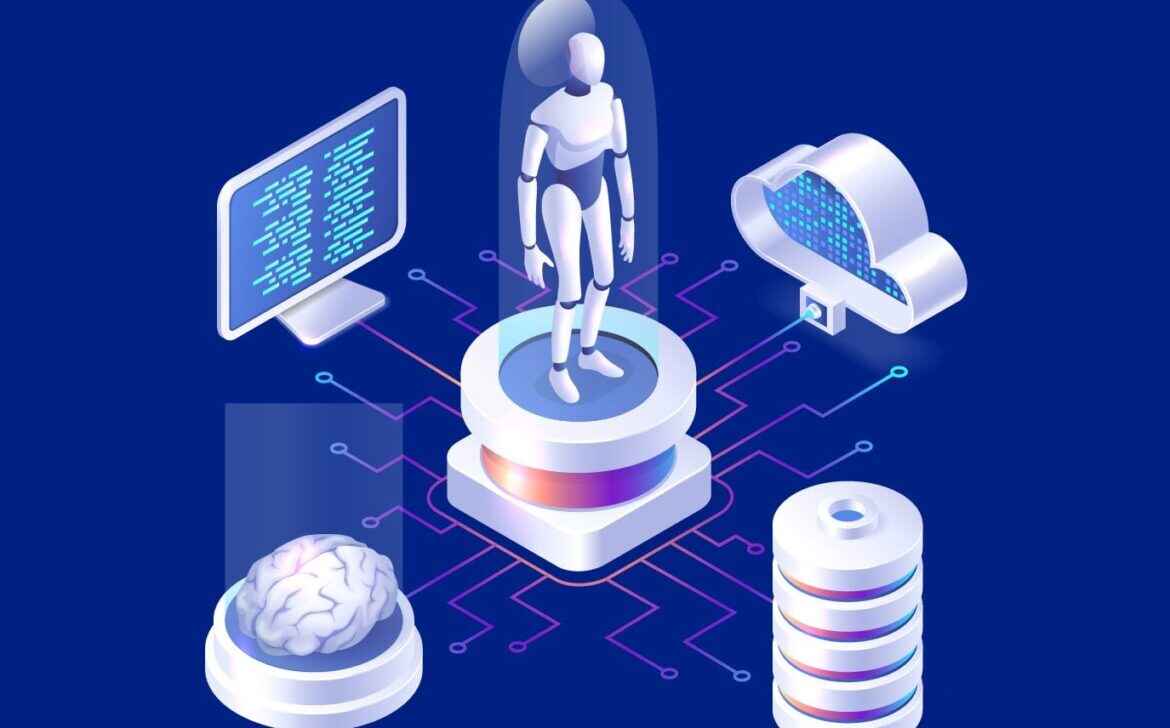7 Recent AI Developments: Pushing the Boundaries of Artificial Intelligence

Artificial Intelligence continues to evolve at an astonishing pace, with breakthroughs and innovations occurring almost daily. In this blog post, we’ll delve into seven of the most recent and exciting developments in AI, shedding light on how these advancements are shaping the future of technology.
1. GPT-4: Language Understanding Reimagined
Languages:
The fourth iteration of Open AI’s GPT (Generative Pre-trained Transformer) series, GPT-4, takes natural language understanding to new heights. With billions of parameters and an improved ability to comprehend context, GPT-4 is capable of more nuanced and context-aware language generation.
2. Advancements in Computer Vision
Computer vision, a cornerstone of AI, is advancing rapidly. Recent developments include more accurate object recognition, real-time image analysis, and the ability to understand complex scenes. These breakthroughs are driving applications in autonomous vehicles, medical imaging, and more.
3. AI in Healthcare: Personalized Medicine
AI is revolutionizing healthcare by enabling personalized treatment plans. Recent developments include AI-powered drug discovery, predictive analytics for disease diagnosis, and the use of machine learning to tailor treatments to individual patients, improving both efficacy and patient outcomes.
4. AI Ethics and Fairness
The ethical implications of AI are receiving increased attention. Recent developments involve the integration of fairness and ethics into AI algorithms, ensuring that AI systems are less biased and more equitable in their decision-making processes.
5. Reinforcement Learning Advancements
Reinforcement learning, a field of machine learning focused on training algorithms through reward-based systems, has seen remarkable progress. New algorithms and techniques are improving the efficiency of reinforcement learning, making it applicable in diverse domains, from robotics to game playing.
6. AI in Natural Language Processing (NLP)
AI models like BERT (Bidirectional Encoder Representations from Transformers) and XLNet are making NLP applications more powerful. Recent developments in NLP include better understanding of context, sentiment analysis, and multilingual capabilities, enabling more accurate language processing.
7. Quantum Computing and AI
The synergy between quantum computing and AI is opening up new horizons. Quantum computers have the potential to significantly accelerate AI computations, leading to faster training of deep learning models and solving complex optimization problems that were previously infeasible.






